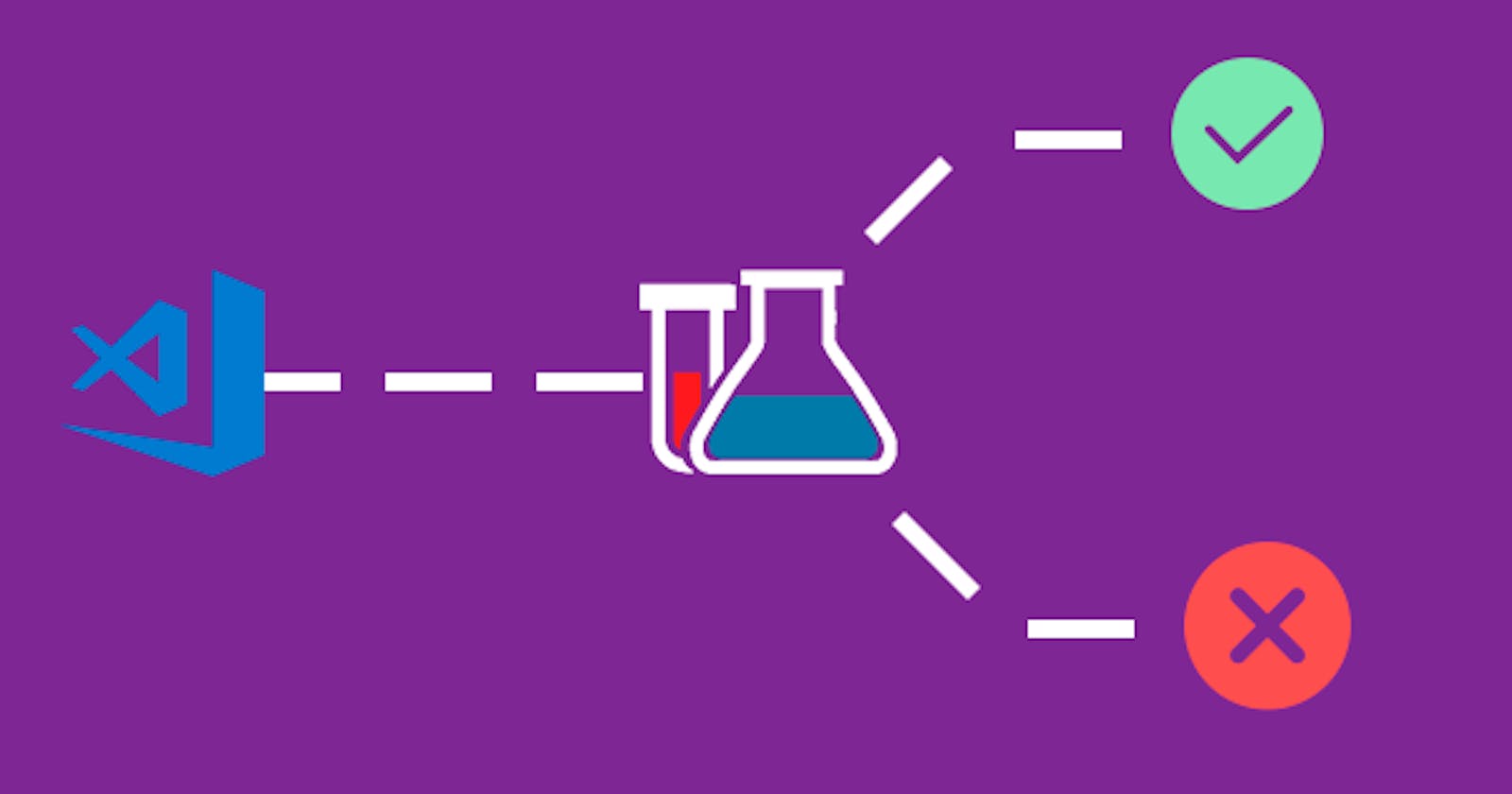FakeItEasy is a popular library for creating test doubles (mocks, stubs, and fakes) in .NET. It is a powerful tool for creating lightweight, flexible, and easy-to-use test doubles that can be used to isolate the code under test.
Installing FakeItEasy
To use FakeItEasy in your .NET Core project, you will first need to install the FakeItEasy NuGet package. You can do this by running the following command in your project's root directory:
dotnet add package FakeItEasy
IMyService
IMyService is an interface that defines the methods and properties that the MyService class should implement. It could look something like this:
public interface IMyService
{
string GetData();
void SaveData(string data);
}
The IMyService interface defines the contract that the MyService class must adhere to. In this example, the interface defines four methods: GetDataand SaveData, By using the interface, we can create a test double for the MyService class using FakeItEasy. This allows us to write test cases that exercise the methods of the MyService class without hitting the actual implementation of the class.
Creating a Test Double
A test double is a stand-in object that can be used in place of a real object during testing. In FakeItEasy, test doubles are created using the A.Fake<T>() method, where T is the type of the object you want to create a test double for. For example, to create a test double for an interface called IMyService, you would use the following code:
var myService = A.Fake<IMyService>();
Configuring the Test Double
Once you have created a test double, you can configure it to behave in a specific way when its methods are called. For example, you can configure a test double to return a specific value when a certain method is called, or to throw an exception when another method is called.
Here is an example of configuring a test double to return a specific value when the GetData() method is called:
A.CallTo(() => myService.GetData()).Returns("Hello, World!");
Using the Test Double
Once you have created and configured your test double, you can use it in your test just like you would use the real object. For example, you can call methods on the test double, and assert that they return the expected values.
Here is an example of using a test double in a test:
[Fact]
public void Test_MyService_GetData()
{
// Arrange
var myService = A.Fake<IMyService>();
A.CallTo(() => myService.GetData()).Returns("Hello, World!");
// Act
var result = myService.GetData();
// Assert
Assert.Equal("Hello, World!", result);
}
Conclusion
FakeItEasy is a powerful library for creating test doubles in .NET. It is easy to use, highly configurable, and provides a wide range of features that make it an excellent choice for any .NET developer.
